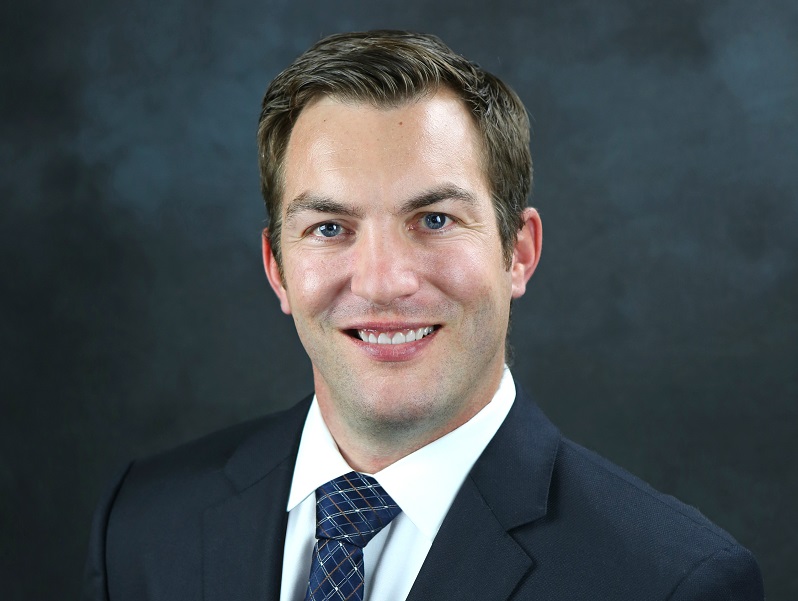Health-Care Financing Considerations
Calmwater Capital's Eric Jordan analyzes the trends generating demand for the specialty asset category and the factors leading lenders to reassess risk.
By Eric Jordan

Eric Jordan
Health-care-related properties, including hospitals, assisted living facilities and skilled nursing facilities, have become a targeted asset class for financing opportunities across the country in recent years. However, as uncertainty within the health-care model begins to permeate how these businesses are run day-to-day, some financing options that were very prevalent and active in the past have started to reassess risk, causing a gradual pullback in financing options for transitional health-care properties.
Where lower-cost, permanent financing options were taking more perceived risk in the expanding health-care real estate market in recent years, short-term, bridge lenders are seeing more opportunity in the space as investors continue to expand health-care-related facilities into non-core markets. In addition, bridge options are becoming more prevalent for newly built facilities where investors seek to replace their construction loans and require seasoning for a permanent take-out.
Within this niche financing space, borrowers should work with lenders who understand the many moving pieces of health-care property operations including reimbursement rates, payment reform and rising costs. Each sub-sector within health care will feel these pressures differently and needs to be considered when analyzing the best and most flexible financing options which allow borrowers to achieve their business plans. This is especially true for borrowers or operators who do not have a significant track record to reference. Lenders will be more flexible with and more attracted to opportunities backed by knowledgeable borrowers and operators with experience in the space.
Underwriting non-core assets
From a lender’s perspective, additional criteria can guide underwriting and investment standards including location which drives demographics, demand and supply metrics. Additionally, as real estate fundamentals have improved significantly and investors fear a peak in more traditional asset classes, investors and lenders alike are turning to alternative asset classes, including health care, to avoid apparent yield compression in more traditional asset classes, such as multifamily, office, and industrial. As health-care-focused investment opportunities attract institutional buyers and lenders, the competitive landscape for high-quality assets in core markets has remained strong, causing many investors to look at non-core assets and locations with higher-risk, higher-reward return metrics.
The movement away from core assets and locations is still largely dependent on supply and demand within a given area. As an increasing number of Americans turn 65 years old, demand for affordable senior care alternatives follows suit As Baby Boomers age, the necessity for alternative senior care increases. Within the health-care industry, retail centers are continually expanding to include a health-care component to serve consumers.
Health care is one of the more stable and growing sectors, which results in demand for more effective space that can serve the population. Well-located retail centers are filling vacancies with 24-hour emergency care centers, urgent care, wellness and micro-hospitals, drawing consumers to the other services within the center and, although investors are hesitant given the alternative use, they are beginning to buy in. In addition, other investors are repositioning hotels and other asset types in secondary and tertiary markets to health-care facilities. For these assets, the highest and best use has become that which will best serve the aging population or can meet the demands of smaller markets.
Eric Jordan originates, underwrites and executes opportunities as vice president of fund management for Calmwater Capital.







You must be logged in to post a comment.